- Home
- Accounts Payable
- Accounts Payable Journal Entries
Accounts Payable
Journal Entries
Common Mistakes To Avoid
Do you know the most common accounts payable journal entries mistakes business owners make and how you can avoid it?
Tracking liabilities is crucial for businesses to calculate equity and avoid overextending themselves. You will need to make journal entries anytime anything is purchased on credit or owed to a supplier. Unfortunately, business owners often make expensive miscalculation errors, because they don’t understand the fundamentals of accounts payable. Understanding the process of making journal entries for accounts payable reduces this risk.
You need to make your accounts payable journal entry carefully to keep track of your expenses and liabilities. Here are some common bookkeeping mistakes people make when recording their accounts payable.
Accounts Payable Journal Entries
According to GAAP principles, every transaction requires both a debit and a credit. Unfortunately, many business owners aren’t familiar with these practices and neglect to record transactions needed to reflect changes in the values of either assets or liabilities. They may record a debit entry for the new assets purchased on credit, but neglect to record a credit entry for the liabilities.
This omission can cause them to overlook liabilities down the road. Creating a credit entry for accounts payable helps you keep track of your debts to ensure they are paid.
Neglecting to Close Accounts Payable
Many Santa Rosa small business owners forget to create an entry to close their account payable. A couple of problems could arise from this:
· You end up paying bills multiple times.
· You overestimate your cash reserves.
You always need to make an entry anytime a transaction is made. Fortunately, the entries to close an account payable are very straightforward, as illustrated in the table below.
Debit Credit
Accounts Payable
Cash
Review your financial records regularly in case you neglected to make a journal entry after paying a bill. You will want to make an entry immediately to avoid forgetting again, which prevents you from paying the bill more than once or overdrawing your online business bank account.
Failing to Date Entries
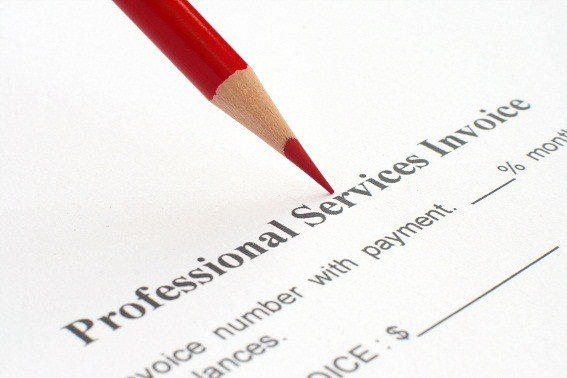 Accounts Payable Journal Entry
Accounts Payable Journal EntryRecording accurate dates for all journal entries is a crucial aspect of effective bookkeeping. By ensuring that your accounts payable journal entries are properly dated, you can easily track payment deadlines and avoid costly consequences such as late fees, supplier dissatisfaction, and even legal disputes. Dating your entries allows for better organization and timely payments, preventing any potential disruptions in your business relationships.
Maintaining a systematic approach to recording dates in your accounts payable journal not only helps you stay on top of your financial obligations but also fosters transparency and accountability in your bookkeeping practices. By adhering to payment deadlines and accurately dating your entries, you demonstrate professionalism and reliability to your suppliers and creditors, which can strengthen your business reputation and lead to smoother operations.
By making it a priority to record dates in your accounts payable journal, you can effectively manage your payment schedule, mitigate potential risks, and maintain positive relationships with your suppliers and vendors.
Listing Accounts With $0 Balances
Following Generally Accepted Accounting Principles (GAAP), it is standard practice to exclude accounts with $0 balances from the balance sheet. Once an account has been settled, it is advisable to remove it from the balance sheet to maintain clarity and prevent any potential confusion or duplicate payments.
By keeping your balance sheet free from accounts that have been paid off, you create a more concise and accurate representation of your financial position. This ensures that stakeholders, such as investors and creditors, can easily understand your current liabilities and assets without any unnecessary clutter. Additionally, it helps you avoid the risk of mistakenly making duplicate payments, which can impact how your accounts payable affect cash flow and financial stability.
By adhering to GAAP standards and regularly updating your balance sheet to reflect accurate and relevant information, you demonstrate a commitment to transparent and accurate financial reporting. This practice enhances the reliability and integrity of your financial statements, enabling better decision-making and fostering trust with stakeholders.
In summary, removing accounts with $0 balances from your balance sheet aligns with GAAP principles, promotes clarity and accuracy, and helps prevent potential payment errors. By maintaining a clean and organized balance sheet, you provide a clear picture of your financial position and ensure effective financial management.
Forgetting to Reflect Changes in the Balance Sheet
I frequently notice that Santa Rosa business owners without a bookkeeping background often record their accounts payable in the ledger, but neglect to carry those transactions to their balance sheet. Recording liabilities in the balance sheet is extremely important to keep track of your overall debts. The ledger entries are only the first step in the process, so make sure to review your ledgers to update your balance sheet on a regular basis.
Assuming All Debits Reference Assets
Many business owners believe that all debit entries reference changes in assets. Entries are also needed for business expenses, such as an upcoming electric bill or payments owed to a contractor. Some people only make entries after purchasing a tangible asset on credit, which causes them to lose track of their outstanding liabilities.
Should you need any further help on how to avoid these common mistakes on accounts payable journal entries, please do not hesitate to use our bookkeeping services.
Accounts Payable Articles
- Accounts Payable Recording Outstanding Bills
- Accounts Payable and the ACA in Santa Rosa
- Accounts Payable and the Self Employment Tax
- Accounts Payable Journal Entries
- Accounts Payable Journal Entries for IRS Audit
- Accounts Payable Petaluma
- Accounts Payable Santa Rosa
- Accounts Payable Affect Cash Flow
- Accounts Payable In Santa Rosa
- Accounts Payable JE's for Growing Businesses
- Accounts Payable Spreadsheet
- Auditing Accounts Payable
- Bookkeeping Services and Accounts Payable
- Calculating Accounts Payable
- Accounts Payable Journal Entry
- Ideal Accounts Payable Turnover
- Improve Accounts Payable Turnover
- Accounts Payable and Minimum Wage Increases
- Streamlining Accounts Payable
Please subscribe to my monthly newsletter, Bookkeeping Basics E-zine. It tells you every month about the new information that I have added, including some great tips and advice from myself and other Bookkeeping Basics readers.
Like Bookkeeping-Basics.net?
- Home
- Accounts Payable
- Accounts Payable Journal Entries

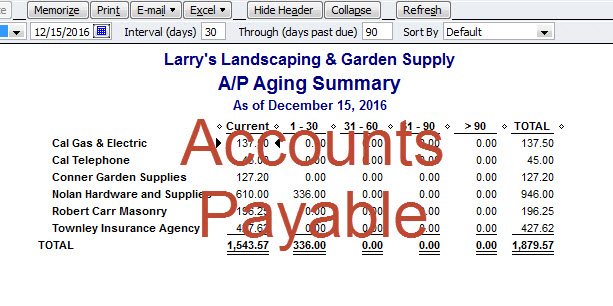
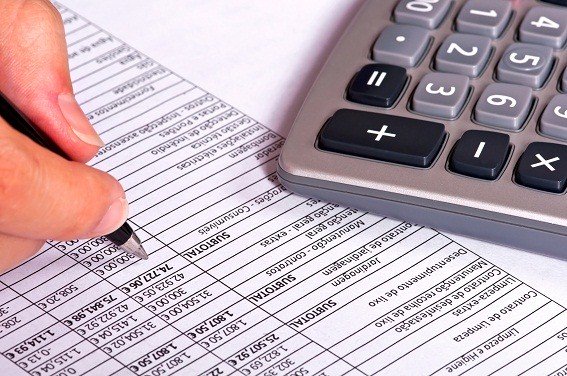








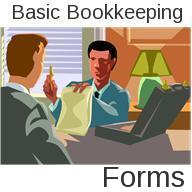


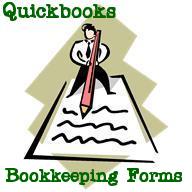

New! Comments
Have your say about what you just read! Leave me a comment in the box below.